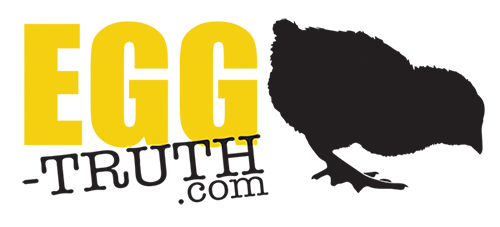Sarah. Photo courtesy of: Little Oak Sanctuary
Hatching date: 1 November 2015 | Arrival date: May 2017
It's perhaps surprising that many people don't consider this question very often - perhaps because the suffering that exists in the egg industry is so hidden from us, and our direct experience with chickens and eggs, if we have any, is a far cry from what most chickens experience in the commercial egg industry.
Sarah is a hen who came to Little Oak Sanctuary in 2017. Her experience gives us a glimpse into what the 16 million hens experience each year in Australia in order to produce eggs for people. May is International Respect for Chickens month, the perfect time to share her story with you.
Born into the Australian Egg Industry, Sarah never knew her mother. Rather than entering the world under her mother's protective wings, Sarah hatched from her egg onto a wire tray, among thousands of other chicks.
Soon after hatching, Sarah and her sisters were sorted from their brothers, and any of their sisters who were sick or weak. As male chicks are not able to produce eggs, and are not suitable for meat production (the chickens bred for meat are an entirely different bird), they are considered waste products by the egg industry and killed by maceration or gassed the day they hatch, along with weak or sick female chicks.
Sarah and her sisters were then taken and placed beak first into a machine that cut their tiny beaks with a hot blade. This process is called "de-beaking", a practice aimed to reduce pecking between hens who are kept in situations where they cannot form natural hierarchies or move away from each other.
“
“Anything that is held in secret cannot be healed. The light cannot reach that which is locked away in the dark.””
Once Sarah was old enough to start laying eggs, she was taken to a battery egg farm, like 9 million other hens each year in Australia. Many people don't realise that the majority of eggs produced by hens in battery cages are sold for use in cafes, restaurants and products that contain egg. Sarah then spent the next 12 months of her life in a small cage with 7 other hens. Denied everything a hen values, the ability to form a natural pecking order, nesting space, room to dust bathe and spread your wings, the chance to live your life.
Modern layer hens have been selectively bred so that they produce around 300,000 eggs per year at their peak level of production. Prior to human intervention, hens would naturally lay up to 15 eggs, once a year in spring - as a single clutch (like other birds!). This unnatural level of production we have thrust upon 'egg laying' hens taxes their little bodies tremendously and they are not able to maintain it for long - usually only around a year - before the level of laying reduces.
At this point they are considered 'spent' and are no longer commercially viable. In a process referred to as "depopulation" they will be taken from their cages, moved into small transport crates with around 5 other hens, and taken to slaughter, typically for pet food. Egg laying hens are not used for chicken meat, having been bred specifically to produce a huge number of eggs, rather than to grow large breast muscle.
Fortunately for Sarah, she and 29 of her sisters were spared from slaughter at this point, and found sanctuary at Little Oak. Sarah now spends her days advocating for her kind, enjoying the sunshine and wind through her feathers, dust bathing in the soil and perching on a roost - according to her flocks pecking order - at night.
You can spare the 16,000,000 hens like Sarah a lifetime of suffering - and her brothers who don't get to live past a day - by leaving eggs and egg products off your plate.
This article was re-published with the expressed permission of Little Oak Sanctuary.
Kate & James are the co-founders and operators of Little Oak Sanctuary in Australia. Kate works outside of her sanctuary to fund its operation. Kate is a professional photographer and business manager for a not-for-profit organisation in town whilst James is a musician who teaches and plays professionally. All positions at the sanctuary are unpaid and donations received go towards the animals and advocating for them.

